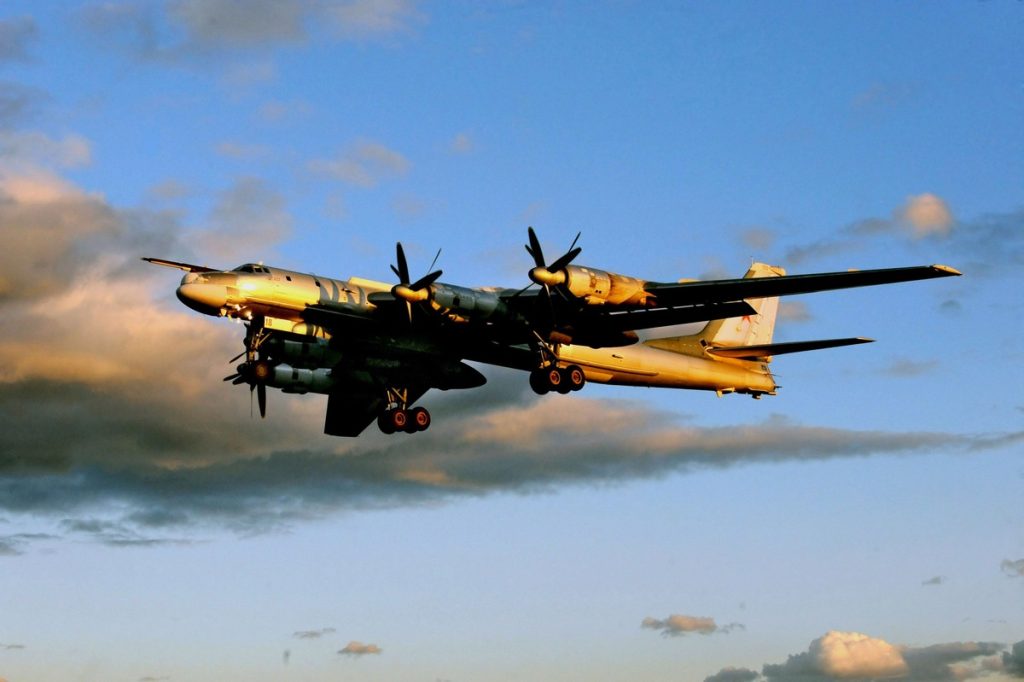The production line of Russia’s Kh-101 missiles, which are used to bombard Ukrainian energy infrastructure, has been marred by a number of problems according to a new assessment. Ukrainian media reported that a Kh-101 missile landed in the country’s Saratov region after a missile barrage aimed at Ukraine. Fragments found in the region were believed to belong to a Ukrainian drone, though other sources suggested they were from an air-launched Kh-101 missile. This missile is described as Russia’s premier precision-guided munition with a range of around 4,000 kilometers. The British Ministry of Defense stated that a malfunction in the missile suggests production issues and the strain of meeting demands during the conflict.
The Saratov region in Russia is home to the Engels-2 facility where strategic bombers that carry out strikes against Ukraine are based. Kyiv has repeatedly targeted this base, deep within Russian territory. The debris found in the Saratov region was likely from a malfunctioning Kh-101 missile that was launched at Ukraine, according to the British Ministry of Defense. The Kremlin has been burning through its missile stockpiles during the war in Ukraine, prompting the industry to be placed on a war footing to continue producing military equipment. Sanctions imposed by Western countries aimed at restricting Russia’s ability to produce new missiles have been largely deemed ineffective by Kyiv and Western experts.
Despite Russia replenishing its stockpiles of Kalibr cruise missiles, it has increased Kh-101 strikes on Ukrainian energy infrastructure in recent months. However, with the decreased number of Kh-101s, Moscow may opt to resume Kalibr strikes. Lieutenant General Kyrylo Budanov, the head of Ukraine’s military intelligence agency, stated that Russia has adapted and improved its Kh-101 missiles, with versions used in 2024 being different from those in 2022. The rush to produce missiles to meet the demands of the conflict has highlighted problems in the production and supply chain, with sanctions contributing to the difficulties faced by Russia.
The tensions between Russia and Ukraine have escalated in recent months, with missile strikes targeting Ukrainian energy infrastructure. Russia’s use of Kh-101 missiles, which have a long range, has caused concern for Ukrainian authorities. The conflict has led to increased scrutiny on the effectiveness of sanctions imposed by Western countries on Russia. Despite the challenges faced by Russia’s missile production line, the country has continued its military operations in Ukraine, leading to further destruction and casualties in the region.
The impact of the conflict on the civilian population in Ukraine has been devastating, with infrastructure and homes destroyed by missile strikes. The use of precision-guided munitions like the Kh-101 missiles has raised concerns about the accuracy of targeting and the potential for collateral damage. As the conflict continues, efforts to find a peaceful resolution become even more urgent. The international community has condemned the aggression of Russia towards Ukraine and called for a diplomatic solution to end the violence and restore stability in the region.
The war in Ukraine has also had wider geopolitical implications, with tensions between Russia and Western countries escalating. The ongoing conflict has strained relations between Moscow and Kyiv, as well as between Russia and the international community. Efforts to de-escalate the situation and find a peaceful resolution have been met with challenges, as both sides continue to engage in military actions. The use of advanced missiles like the Kh-101 highlights the sophistication of military technology in modern warfare, raising concerns about the potential for further escalation and the need for diplomatic intervention to end the conflict.


